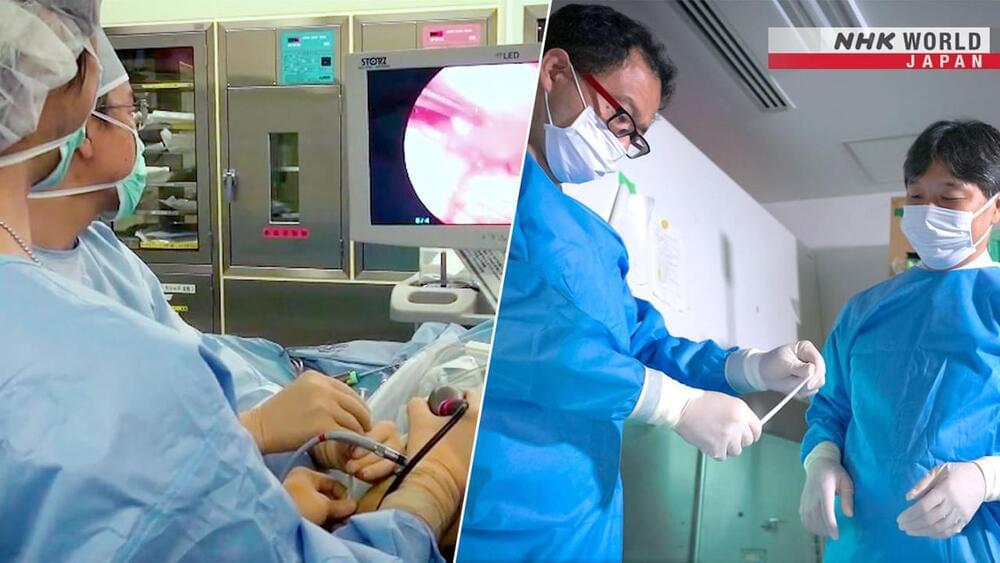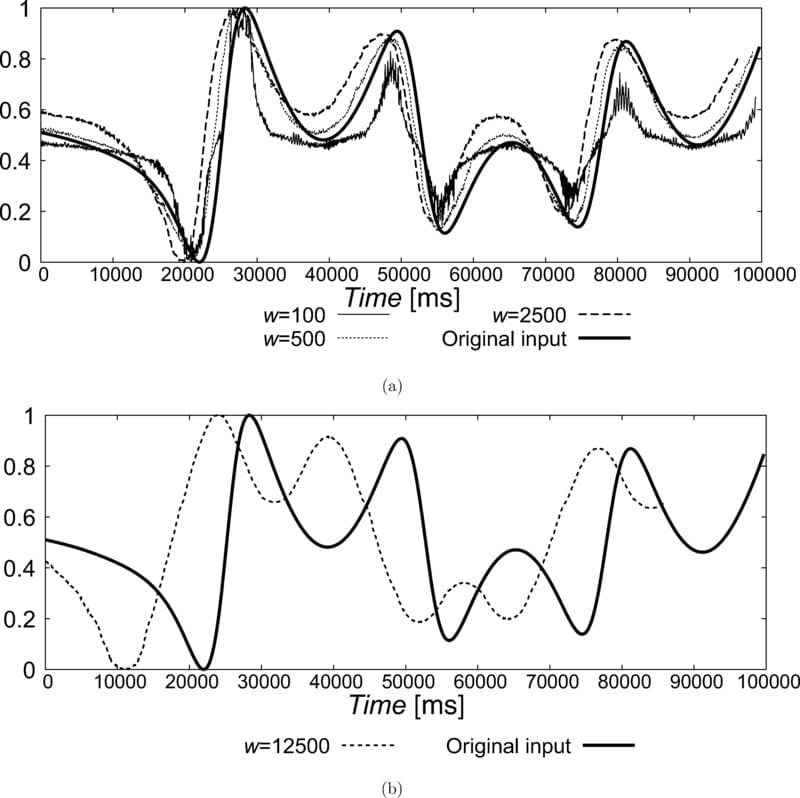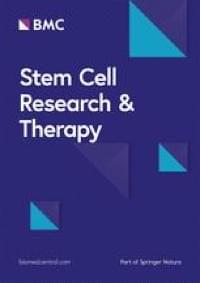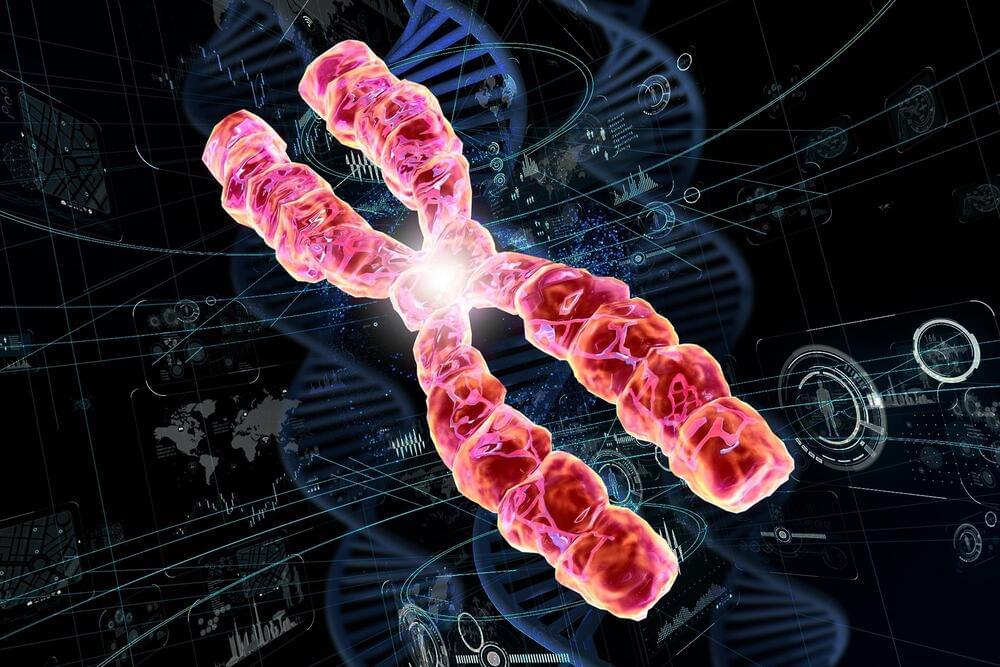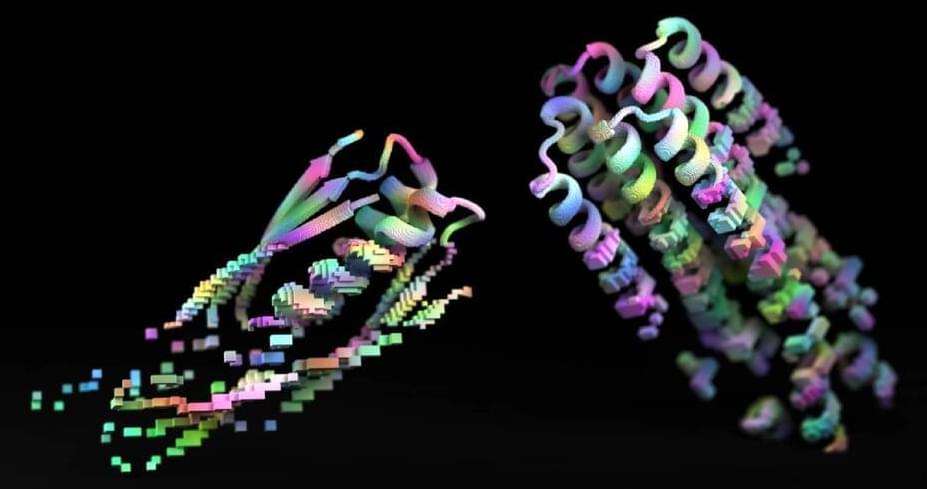AI at the Edge, NAD-Enhancing Drugs, and Laser Beam Toting Sharks!! — Discovering, Enabling & Transitioning Technology For Special Operations Forces — Lisa R. Sanders, Director of Science and Technology for Special Operations Forces, USSOCOM.
Lisa R. Sanders is the Director of Science and Technology for Special Operations Forces, Acquisition, Technology & Logistics (SOF AT&L), U.S. Special Operations Command (USSOCOM — https://www.socom.mil/), located at MacDill Air Force Base, Florida, where she is responsible for all research and development funded activities — https://www.socom.mil/SOF-ATL/Pages/eSOF_cap_of_interest.aspx.
Ms. Sanders has over 30 years of civilian Federal service. She entered Federal Service as an Electronics Engineer at Naval Avionics Center in Indianapolis, Indiana where she served in quality engineering, production engineering and program management. In 1996, she transferred to Naval Air Warfare Center and Naval Air Systems Command (NAVAIR), Patuxent River, Maryland, serving as an Electronics Engineer and Program Manager for the E-2C Hawkeye aircraft. In 2003, she assumed responsibility for the production and modification of the CV-22 (a Vertical takeoff and landing aircraft). During her time at NAVAIR, she managed one of the first Multi-Year Procurements, and executed the modification and delivery of CV-22 production and developmental test aircraft.
Ms. Sanders transferred to USSOCOM in 2005, where she retained responsibility for CV-22 production and worked as the Systems Acquisition Manager for the C-130 program in Program Executive Office Fixed Wing managing all C-130 projects across the Special Operations Forces inventory.
In 2010, Ms. Sanders was promoted to position of Deputy Director for the Science and Technology Directorate; and in 2011, was assigned to the position of Director, Science & Technology.

